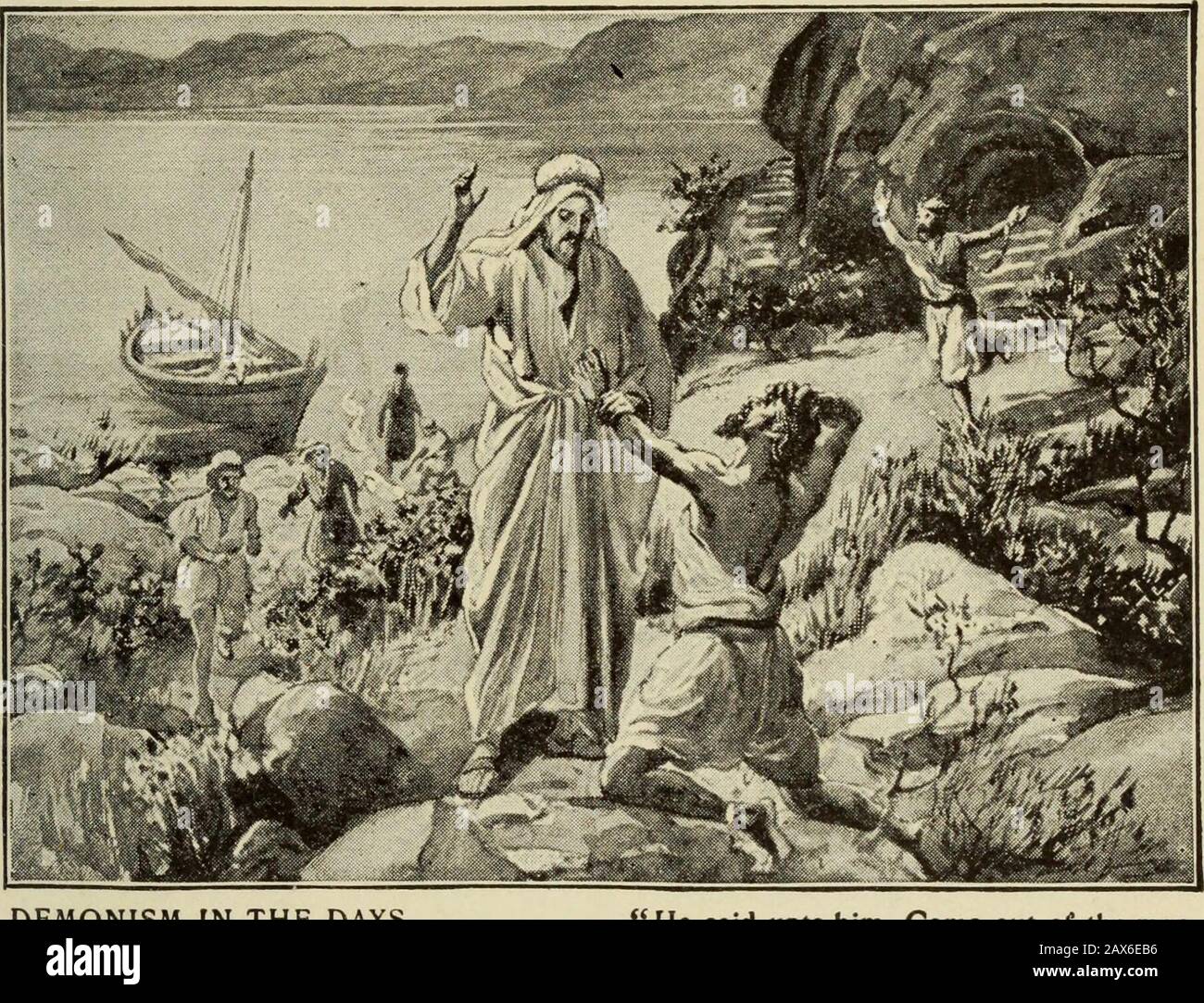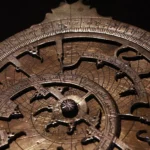The Allure of Baal Peor: A Moabite Deity and Israelite Transgression
Get ready to delve into the captivating story of Baal Peor, an ancient deity who played a pivotal role in the history of the Israelites. Our journey will take us through the sands of time, exploring how this enigmatic god tempted the Israelites, the devastating consequences of their actions, and the profound lessons embedded within this enduring narrative.
Imagine the Israelites, fresh from their exodus from Egypt, traversing the desert in search of the Promised Land. Their journey exposed them to diverse cultures and belief systems, some more alluring than others. One such encounter, with the Moabite god Baal Peor, proved to be a fateful turning point.
Baal Peor was no ordinary god; he held a position of prominence in Moabite society. As a fertility deity, he was believed to bestow abundant harvests and prosperity upon his followers. The Moabites, inhabiting the land the Israelites were approaching, viewed Baal Peor as a source of life and abundance.
However, the worship of Baal Peor involved rituals considered abhorrent to the Israelites. These rituals, often characterized by sexual acts, were common in ancient fertility cults but stood in stark contrast to the Israelites’ covenant with Yahweh, their God.
The Israelites were bound to Yahweh by a sacred agreement: they would worship him exclusively, and in return, he would guide and protect them. The allure of Baal Peor’s promises, coupled with the seductive nature of his worship, proved too tempting for some Israelites, leading them to break their covenant with Yahweh.
The Price of Idolatry: Divine Wrath and the Plague at Peor
The Israelites’ participation in the worship of Baal Peor invoked Yahweh’s wrath. The biblical account, primarily found in the Book of Numbers (Chapters 25 & 31), paints a vivid picture of the consequences. A devastating plague swept through the Israelite camp, claiming the lives of 24,000 people.
This catastrophic event served as a stark reminder of the Israelites’ transgression. Their actions were not merely a lapse in judgment but a betrayal of their covenant with Yahweh. The plague underscored the gravity of idolatry – placing anything or anyone before God – and the swift retribution it invited.
The plague’s end came through the decisive action of Phinehas, an Israelite man who demonstrated unwavering loyalty to Yahweh. When Phinehas witnessed an Israelite man and a Midianite woman engaged in an idolatrous act, he executed them both, effectively ending the plague.
While Phinehas’s actions might seem extreme by modern standards, they were deemed righteous in the context of the Israelites’ covenant with Yahweh. His decisive action halted the plague and reaffirmed the importance of unwavering devotion to God.
Beyond Retribution: Understanding the Significance of Baal Peor
The sin of Baal Peor extends far beyond a historical anecdote. It offers profound insights into the nature of faith, temptation, and the consequences of straying from one’s beliefs.
Here are some key takeaways:
- The Fragility of Faith: The Israelites, despite witnessing Yahweh’s miracles and experiencing his deliverance, succumbed to temptation. Their story reminds us that faith is not a static state but an ongoing journey, requiring constant nurturing and vigilance against doubt and allurements.
- The Dangers of Idolatry: The worship of Baal Peor, rooted in fertility and prosperity, represented a direct challenge to Yahweh’s authority and the Israelites’ monotheistic beliefs. The incident serves as a timeless cautionary tale against placing anything before God, whether it be material possessions, worldly ambitions, or other deities.
- The Importance of Boundaries: The Israelites’ interactions with the Moabites, while seemingly harmless at first, exposed them to beliefs and practices that contradicted their own. This highlights the importance of establishing and maintaining boundaries, especially when encountering different cultures and belief systems. These boundaries act as safeguards, protecting our values and preventing us from being swayed by external influences that might compromise our beliefs.
Baal Peor Through the Ages: From Moabite Deity to Symbol of Temptation
The figure of Baal Peor has transcended his historical context, evolving from a localized deity to a powerful symbol within religious and literary traditions.
Here’s a glimpse into his enduring legacy:
- Jewish Tradition: In Jewish thought, Baal Peor embodies the seductive nature of idolatry and the dangers of straying from the path of righteousness. His story serves as a cautionary tale, reminding individuals to remain steadfast in their commitment to God and resist temptations that might lead them astray.
- Christian Tradition: Christian interpretations often link Baal Peor to demonic forces and the broader struggle against sin and temptation. He represents the allure of worldly pleasures and the need for spiritual vigilance to resist succumbing to base desires.
Unraveling the Mystery: What Does “Peor” Signify?
The very name “Peor” holds significance. Translating to “opening” in Hebrew, it hints at transitions, vulnerabilities, and the potential for both blessings and curses.
Some scholars suggest that “Peor” might refer to:
- A Geographical Location: It likely denotes a specific site, possibly a mountain or a cultic center where Baal Peor was worshipped.
- A Symbolic Threshold: “Peor” could signify a metaphorical opening or a point of transition where the Israelites faced a critical choice: remain faithful to Yahweh or succumb to the allure of foreign gods.
Delving Deeper: Exploring Unanswered Questions and Ongoing Research
While the biblical account provides a framework for understanding the sin of Baal Peor, many questions remain, fueling ongoing scholarly debate and archaeological investigation. Researchers continue to explore:
- The Specific Nature of Baal Peor’s Cult: The precise rituals and beliefs associated with Baal Peor’s worship remain subjects of study. Archaeological evidence and comparative analysis with other Canaanite deities may offer further insights.
- The Sociopolitical Context: What were the political dynamics between the Israelites and Moabites at the time? Did the Moabites intentionally seduce the Israelites into idolatry as a form of subversion, or was the encounter a genuine clash of cultures and beliefs?
- The Role of Women: The biblical narrative primarily focuses on the actions of Israelite men. What roles did Moabite and Midianite women play in the worship of Baal Peor, and how were they impacted by the events at Peor?
Exploring these unanswered questions enriches our understanding of the sin of Baal Peor, reminding us that history is not merely a collection of static facts but a dynamic field of study that continues to evolve with new discoveries and interpretations.
Conclusion: The Enduring Relevance of an Ancient Transgression
The story of Baal Peor, though rooted in antiquity, continues to resonate with profound relevance. It reminds us of the enduring power of temptation, the importance of remaining true to our values, and the potential consequences of straying from our beliefs.
Whether viewed through a religious lens or a historical one, The sin of Baal Peor compels us to reflect on our own vulnerabilities, the choices we face, and the significance of aligning our actions with our deeply held principles. As we navigate the complexities of life, let us remember the lessons learned at Peor and strive to live with integrity, purpose, and an unwavering commitment to what truly matters.
- Red Cloud, NE: Discover Willa Cather’s Legacy - April 11, 2025
- Remember Old Social Media Sites? Their Rise and Fall - April 11, 2025
- How many days till Feb 3?Accurate Countdowns & Tools - April 11, 2025
















